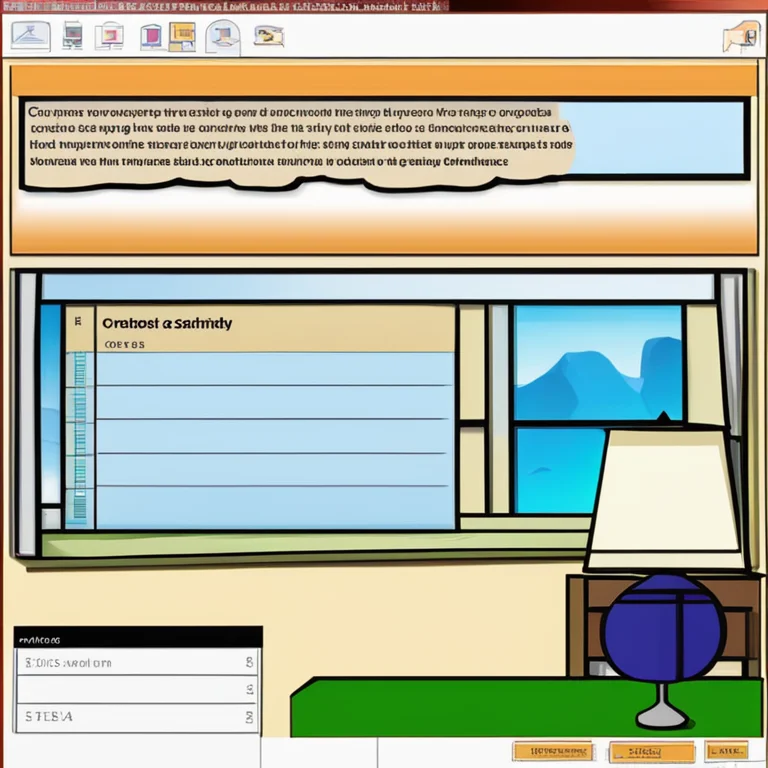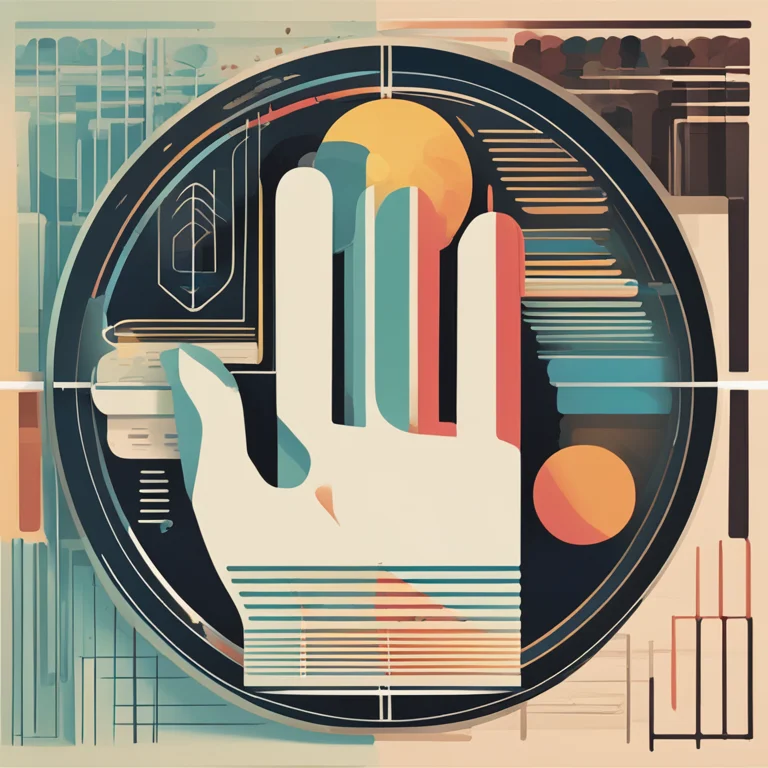
The World of Palmistry: A Guide to Hand Analysis
Delve into the world of palmistry and discover how the lines and shapes of your hands can offer insights into your life's journey.
article by Nora Pennington
Palmistry: An Introduction
What is palmistry, and why has it captivated human curiosity for centuries? It's a practice rooted in various ancient civilizations, such as Indian, Chinese, and Egyptian, that studies the lines, shapes, and features of the hand to interpret personality traits and predict future events. Despite its long history, palmistry remains a popular tool for self-discovery and guidance in the modern age. As we continue to seek meaning in our lives, the allure of palmistry persists, offering a unique blend of tradition and personal introspection.

Palm Lines and Their Meanings
Palmistry centers around the examination of three major lines: the life line, the head line, and the heart line. The life line reflects one's vitality and life experiences, the head line represents intellectual tendencies and communication style, and the heart line indicates emotional aspects and relationships. Additionally, the fate line, though not present in all hands, speaks to career success and life path. Each line, with its distinct characteristics and variations, contributes to the individual narrative suggested by one's hands.

Shapes and Mounts
Aside from lines, palmistry also considers the shape of the hand, fingers, and distinct mounts found at the base of the fingers. Each hand shape, be it earth, air, fire, or water, aligns with different temperament and personality traits. The mounts, named after celestial bodies such as Venus, Mars, and Jupiter, add another layer of depth, often enhancing the narrative of the lines. This holistic approach attempts to provide a comprehensive understanding of one's character and potential futures.

The Modern Palmistry Perspective
While traditional palmistry has not changed much over the millennia, modern practitioners have adopted new approaches, incorporating psychological insights and reframing practices to empower rather than predict. The contemporary palm reader is more likely to focus on potential and choice, using the hand as a way to reflect on one's current path and consider possible outcomes. This shift aligns with the evolving nature of spiritual modalities, which increasingly emphasize personal growth and self-awareness.

Criticisms and Misconceptions
Despite its popularity, palmistry is not without its skeptics. Critics often dismiss it as a pseudoscience, arguing that interpretations are vague and confirmation bias may play a role in its perceived accuracy. Moreover, misconceptions abound, such as the myth that a short life line predicts an early death, which practitioners refute. Palmists recommend an open-minded approach, inviting individuals to engage with palmistry as a tool for reflection rather than a foolproof method of divination.
Palmistry as a Personal Journey
Ultimately, palmistry is as much about the personal journey as it is about the hands themselves. Engaging with palmistry can inspire introspection and self-discovery, allowing individuals to ponder their strengths, challenges, and the myriad choices that shape their destinies. Whether one views it as a spiritual practice or a form of entertainment, the art of palm reading invites curiosity and a deeper connection with the self, making it a timeless fascination in the quest for personal insight.
Published: 1/11/2024
Modified: 1/12/2024
More predictions
Come back here soon to learn more about yourself and your future


Unlocking Palm Lines for Career Success
Discover the secrets of your palms and what they suggest about your professional journey. Learn to read palm lines for insights into your career path.


Jupiter Mount & Palmistry:Exploring The Significance
Delve into the secrets of the Jupiter mount on your palm and discover how it reflects your leadership and ambition.


The Impact of the Jupiter Mount in Palmistry
Discover the impact of the Jupiter Mount on your life through palm reading. Learn about its meaning and significance in palmistry.